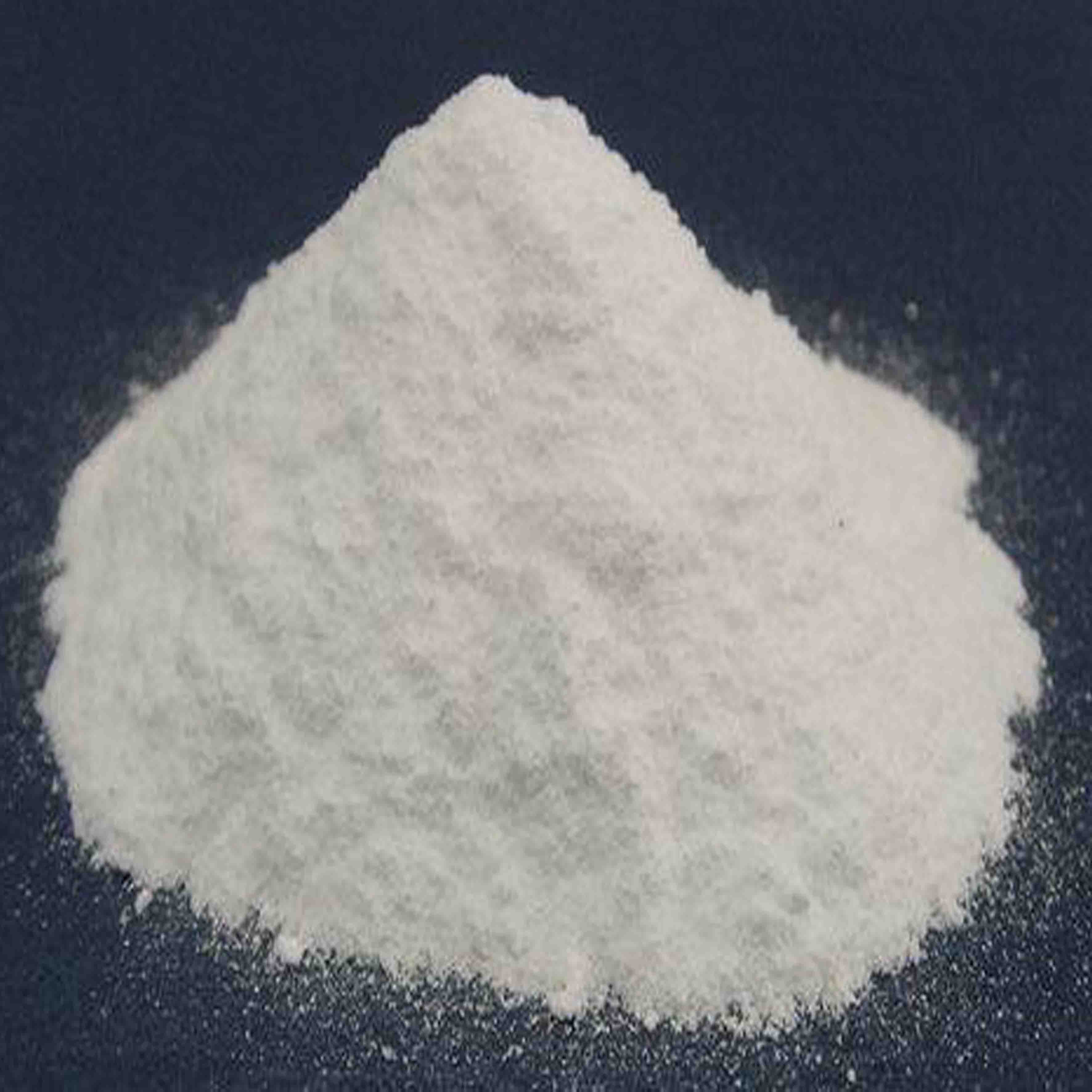
Déc . 24, 2024 11:33 Back to list
Exploring the Versatility and Applications of Lithopone Pigments in Modern Industries
Understanding Pigment Lithopone A Comprehensive Overview
Pigment lithopone is a unique white pigment that has been used in various industries since the late 19th century. Comprising primarily of zinc sulfide (ZnS) and barium sulfate (BaSO4), lithopone is recognized for its excellent opacity, durability, and non-toxic properties, making it a favored choice in the production of paints, coatings, plastics, and more. In this article, we will explore the composition, production, applications, advantages, and challenges associated with lithopone, as well as its role in the modern pigments market.
Composition and Production
Lithopone is produced through a chemical reaction involving barium sulfide, zinc sulfate, and other chemicals at moderate temperatures. The resulting compound is a fine white powder that exhibits remarkable hiding power and brightness. The composition of lithopone typically ranges from 30% to 70% zinc sulfide, with the remaining composition being barium sulfate, creating a pigment that is both effective and economical.
Historically, lithopone was developed as a replacement for lead white, a pigment that was toxic and environmentally damaging. The shift to lithopone not only addressed health concerns but also provided a more stable and durable alternative that could withstand the test of time.
Applications
Due to its excellent opacity and reflective properties, lithopone is primarily used in
1. Paints and Coatings Lithopone is extensively used in the formulation of water-based and solvent-based paints, where it serves as a white pigment that improves the overall appearance and protection of surfaces.
2. Plastics In the plastics industry, lithopone reaffirms its versatility by acting as a pigment and filler. It enhances the aesthetic quality of plastic products while also improving their mechanical properties.
3. Paper Lithopone is used in paper coating formulations to improve brightness and opacity, helping to produce high-quality printed materials.
4. Rubber Lithopone is occasionally added to rubber products to enhance their visual appeal and performance characteristics.
Advantages of Lithopone
pigment lithopone

Several advantages of lithopone contribute to its widespread adoption
2. Excellent Opacity Lithopone’s superior hiding power means that less pigment is needed when creating a product, translating to cost savings and improved efficiency.
3. Durability Lithopone exhibits good resistance to weathering and degradation, making it suitable for outdoor applications.
4. Versatility Its ability to be integrated into various formulations makes it a preferred choice across numerous industries.
Challenges
Despite its benefits, lithopone also faces challenges that can hinder its market penetration
1. Performance While lithopone offers good opacity, it does not match the performance characteristics of titanium dioxide, which is the leading white pigment in the industry.
2. Cost and Availability The production process and raw materials for lithopone can sometimes lead to higher costs compared to synthetic alternatives, limiting its competitiveness in certain applications.
3. Environmental Concerns While lithopone is less toxic than its predecessors, the extraction and processing of the raw materials can have environmental impacts that need to be managed.
Conclusion
In conclusion, pigment lithopone serves as an essential component in various applications due to its unique properties and advantages. Its ongoing use in paints, plastics, paper, and rubber industries showcases its versatility and performance. While challenges such as competition from alternatives like titanium dioxide and concerns related to production remain, the continued innovation and improvement in processing techniques could bolster lithopone's position in the market. As industries strive toward safer and more sustainable materials, pigment lithopone may find renewed interest and investment in research, ensuring its relevance in the ever-evolving landscape of pigments.
-
China Lithopone in China Supplier – High Quality Lithopone ZnS 30% Powder for Wholesale
NewsJun.10,2025
-
Top China Titanium Dioxide Company – Premium TiO2 Powder Supplier & Manufacturer
NewsJun.10,2025
-
Fast Shipping 99% Pure TiO2 Powder CAS 13463-67-7 Bulk Wholesale
NewsJun.10,2025
-
Top China Titanium Dioxide Manufacturers High-Purity R996 & Anatase
NewsJun.10,2025
-
Lithopone MSDS Factories - Production & Quotes
NewsJun.10,2025
-
High-Quality Titanium Dioxide in Water Suppliers - China Expertise 60
NewsJun.09,2025
